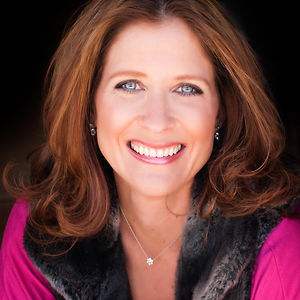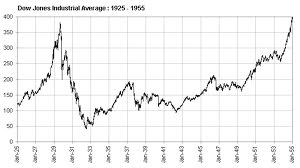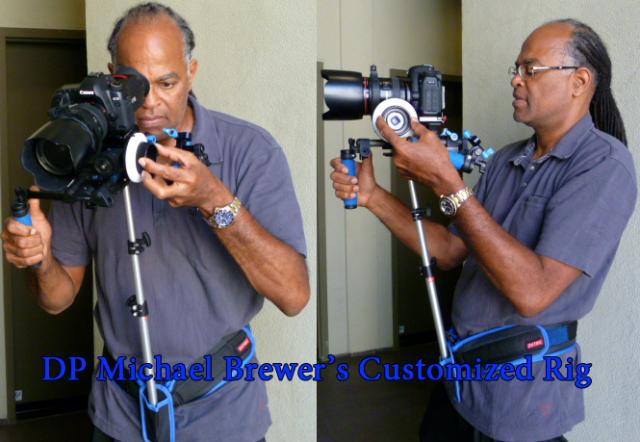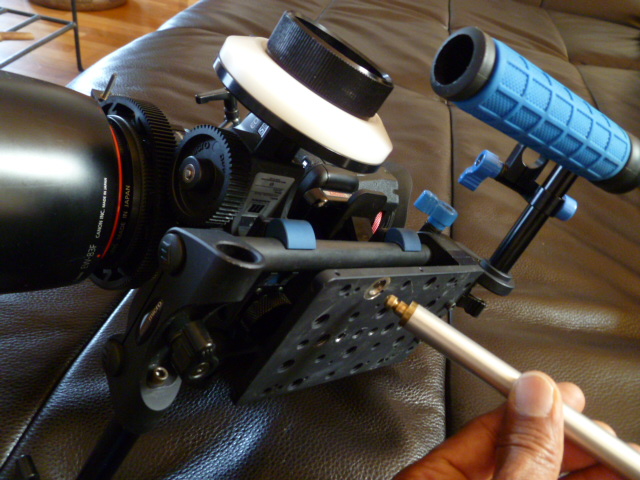We’ve been Maderized! Maderization is going to be the next big thing in Hollywood. What exactly is Maderization? It’s hard to describe, yet so simple. In one word, Maderization is magic. Magic is intangible, and so is the essence of Maderization. You can’t point at it and say: “there it is” because it isn’t one thing. Allow me to rewind and explain how I first encountered Maderization and The Maderizer himself, Mr. Ken Mader (an award-winning Director, Editor and Cinematographer).
I was editing one of our Canon Boot Camp shorts, The Sonnet, and had grown tired of sifting through hours upon hours of footage. Everything was pieced together on the timeline according to the storyboard but I was left uninspired. I just knew something was missing that could propel this piece to what it should and could be. The story we were aiming to tell is beautiful, so I wanted to do it justice. However, the clips that were layed on my timeline were just that, clips, not a story. Something about it almost seemed lifeless. My work with the piece was done, and I didn't know what else to do with it, so I sent it to Ken to finesse (at that point, I had not yet created the term "Maderize"). I was definitely worried that what we had on paper was not going to be reflected on screen, but all I could do was give it to Ken and wish him luck.
A few days later, I went to Ken's edit bay to see what he had done. The opening credits scrolled past, and I thought it looked good. The next thing I knew, I was entranced in the very story I helped to develop, not sure what was coming next, as if I was watching it for the first time. The same clips I had layed on the timeline were still there, but they seemed new and alive. It was the strangest thing to see something I had stared at for weeks seem new and different, and of course better. The very first words that came out of my mouth were "Thank you Ken! You saved it!!". To this day, I still don't know what he did to Maderize it. He turned the short from "blah" to gold. I don't know what it is, but I won't lose sleep over figuring it out because I know that when I'm stuck, I'm sending my video to The Maderizer for an intense Maderizing session.
Here is the final Maderized product, The Sonnet:
Now you see why the term "Maderize" had to be invented. There isn't a word in the dictionary (yet) that describes what Ken can do, which is to bring a project to its best and set a higher standard of production.
Sometimes (or always), you just need a true professional storyteller who will guide you out of the apocalyptic production jungle. Luckily, The Maderizer is training me to be his first Maderite and someday this HDSLR Ninja will become a Maderization Ninja, aka a magician.
Here is another video Maderized for The Association:
Get Maderized! Contact The Maderizer to increase your production value and check out his work at kennethmader.com and nightfall-studios.com. I've been Maderized!

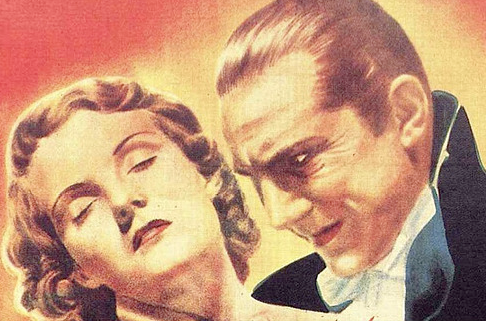
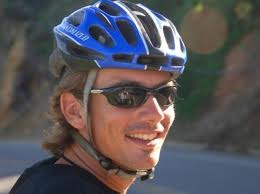 I took the Canon Boot Camp because i don’t know everything about the 5D Mark II. Or, I
I took the Canon Boot Camp because i don’t know everything about the 5D Mark II. Or, I 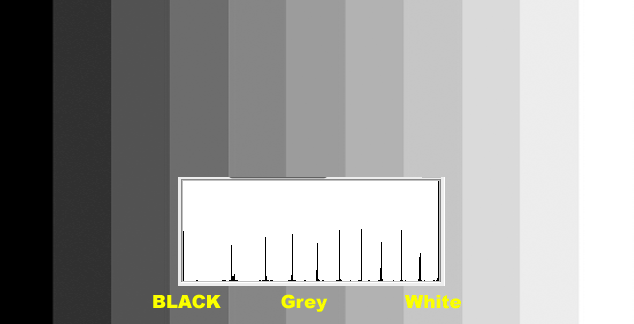
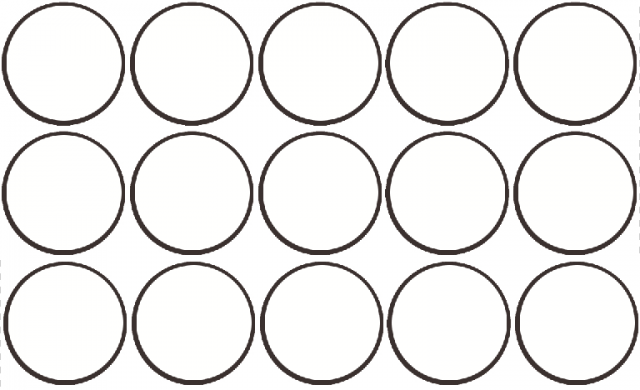
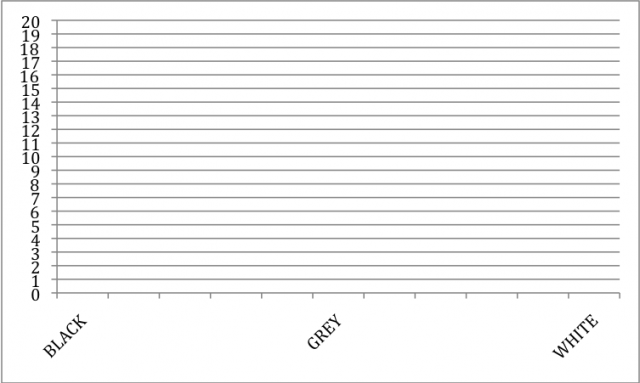
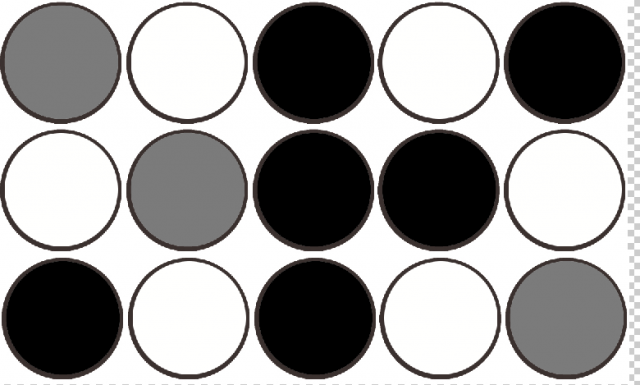
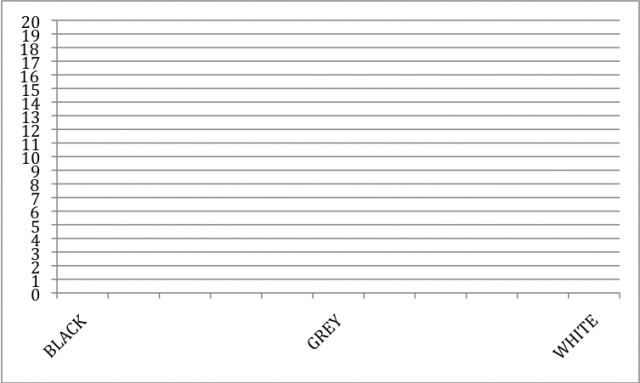
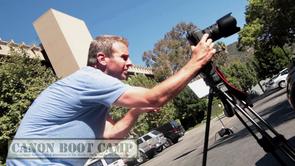 “Literally everything that I learned was brand new, so everything was pretty eye opening to me. And l literally I took about 60 still pictures with that camera before I came to this boot camp. I mean, everything from f-stop to ISO, to all of the lighting and framing and composition was all brand new to me really.
“Literally everything that I learned was brand new, so everything was pretty eye opening to me. And l literally I took about 60 still pictures with that camera before I came to this boot camp. I mean, everything from f-stop to ISO, to all of the lighting and framing and composition was all brand new to me really.